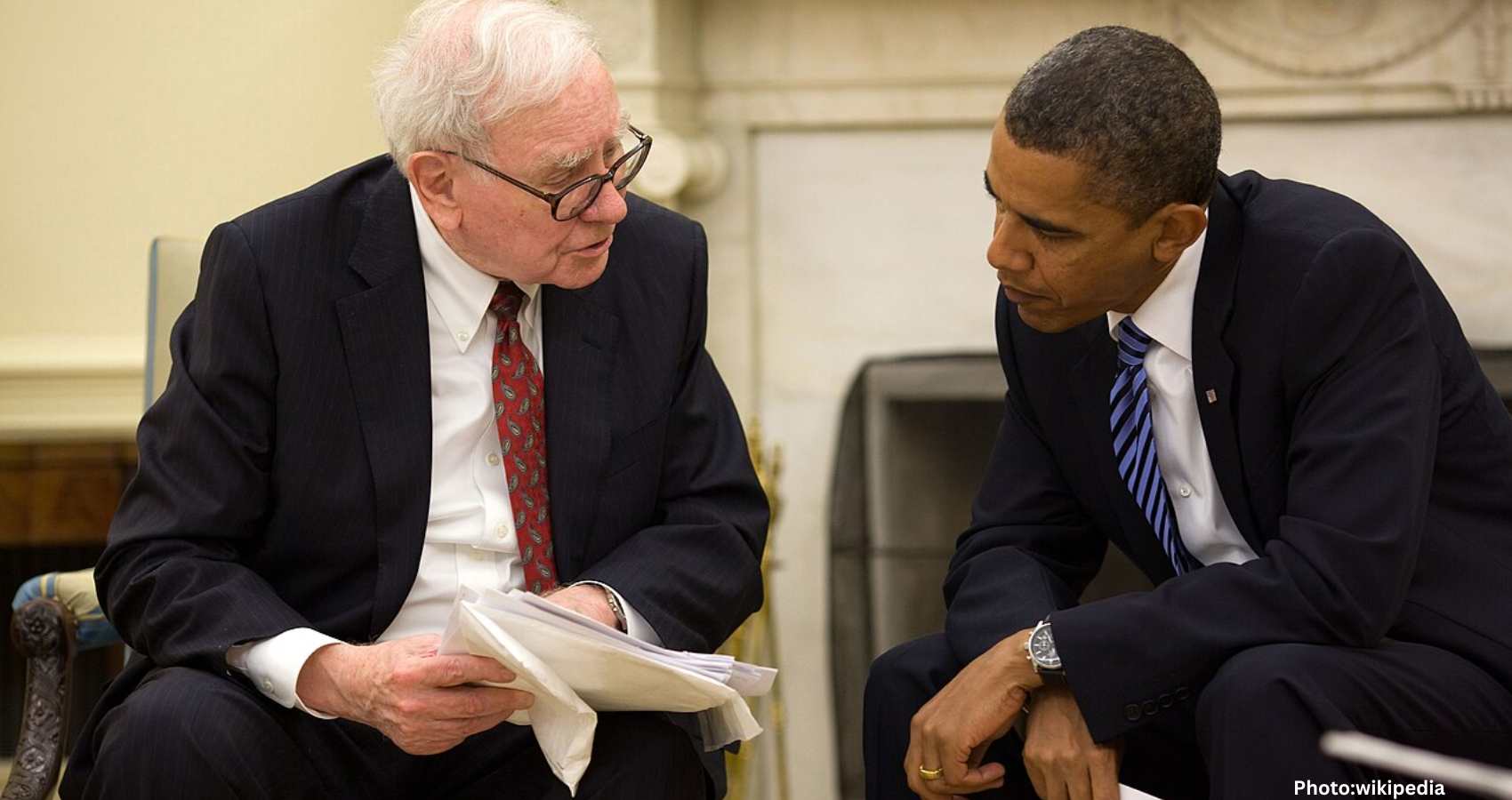set in Nakhchivan, Nakhchivan Autonomous Republic, Azerbaijan
Father happened to be standing at the window of the second storey of his cottage when Mother came to share new information concerning Son and his partner. The window was wide open. Though it was getting to be hot, Father liked what little breeze greeted him, particularly in the morning hours when he was getting up. The day before, there happened to be a wedding in a neighbour’s house. He could still see the disarray on the other side. Trash littered the ground in the open space where they usually parked their car, and there were still relatives awake and festive in the cobblestone corridor which led up to the entryway of their house. Some of the uncles were smoking cigarettes, while the aunties were bunched up together, chit-chatting and wearing their finer wear. Most likely they hadn’t even slept. All night Father had heard folk music from the live band, as well as the excited shouting coming from both families who were so lost in dance that they probably didn’t notice the noise pollution they were contributing to the neighbourhood. The car, which was outside of the domicile, had been used as a caravan to bring the bride to this home. The hood was covered in a wreath of flowers, yellow and red and orange.
Father observed this scene, reflecting warmly on his fond memories of the weddings of his brothers and nieces and nephews, then thinking about the wedding he would have to attend in his native village in the coming months.
And then Mother barged in, destroying whatever peace Father was enjoying after a night of being kept awake.
« You have to look at this. »
Mother showed him a picture on her phone.
It was a picture of Son, with his arm wrapped around a boy. The boy looked to be African based on his skin tone, features, and hair. The setting of the photo didn’t look like Africa, however, to his eye. The background looked very modern, almost like a commercial centre in a developed part of the world. It must have been Dubai, one of the few cities of the region which would allow behaviour like this. But Son wasn’t supposed to be in Dubai right now, was he? Actually, Father did not know where Son was. They hadn’t talked to each other in months.
« Where is Uğur these days? » Father asked Mother. “This looks like a nice city. Did he tell you where it was? »
« Alim, this is not why I am showing this picture. Look at it properly! There is Uğur, and there is that boy, and look…look… »
Mother flipped through the photos.
It started innocently enough. Son’s arm wrapped around the boy.
Then there was a picture of Son leaning in to him.
Then there was a picture of Son kissing him on the cheek.
Then there was a picture of the boy resting on Son’s shoulder while the two smiled happily at the camera.
« Don’t show me. »
« Look. »
« Don’t show me! » Father exclaimed, then winced towards the window. He wanted to scrunch himself into a ball and fly out of it. It was like he wanted to be a lark, a little brown-striped thing that could hop out of these situations with little skirmish.
Mother went on. « Who is this guy? »
« How would I know? »
« Why is he with our son? »
« Why don’t you ask him? You are the one who talks to him. »
« We do not talk. I call him and he answers. And that is only once in a while. I got these pictures from my sister. She wanted to show me. That woman wants to gloat. Because we don’t accept this, she likes to make me feel bad. »
« How can anyone accept it? » Father sighed as he leaned his arms out of the window. The light breeze slapped against the bushy hairs on his arm. He wished he were a smoker at times like this. Smoking was objectively bad for one’s health, but it was popular in Azerbaijan for a reason. It was a cheap distraction that gave one’s mind a sense of focus at times when the anxiety or pressure was too much.
Mother came and leaned over the window, rubbing her fingers on Father’s arm hairs.
« What should we do about it? » she asked.
She was projecting a very different emotion from what she came into the room with. It was no longer defiant or confrontational. It was defeated and sad, and honestly a little confused. She was looking like she wanted a hug more than anything.
Father sighed again, keeping his eyes on the random people walking around on the other side of his property.
« I don’t know why you think I would have an answer. I am not religious, yes. I am not really a believer of Islam, yes.But I am from here. It is hard for me to understand my son as well. This is why we don’t talk. This is why we don’t really like each other as well. »
« He likes you. » Mother said. « You are his father. He has to like you… »
And then Mother gave him some distance, as if she wanted to avoid the wedding that could be seen from the window.
Fathers aid:
« I don’t know »
He said that because that was the thought that was coming to him. Really, he didn’t know. Mother constantly got triggered by every small update from their son, but in reality Son was just living his life. His goal was not to hurt either his father or his mother. He was simply doing what came natural to him, with little care or concern as to how it affected others. It was objectively out of their control. But Mother was not coming to terms with that. She kept getting annoyed every time something he did hurt her, and she threw her emotions at her husband.
As if she were sensing her husband’s frustration from the discussion Mother said, « I will go pray » and she left the room. That was normal. Mother usually went to pray whenever there was nothing else left to say between them. She shared all of her thoughts with an imaginary presence in her mind she named Allah. This helped to take her mind off of Son for some hours of the day, but sooner or later she would start to dig up more information about Son by stalking his social media pages and show it to Father. She would complain, wonder how he could be forced to take consultation with an imam, wonder why he wouldn’t fly back here so that he could be under her watch and control.
It would be great if Son could just live his life and they could live theirs, but Mother kept trying to forcefully bring their lives together.
Father didn’t want to be around when Mother came back from her prayers to have a conversation about this subject again. His mind was also still flashing back to that image, and it was making his stomach churn. He needed some fresh air and a change of environment. He didn’t have the stamina to head to the park on the other side of his neighbourhood or wander towards the commercial street where the shops and restaurants were. So, he just left the room and headed outside toward his gate.
There was a man on the other side of the gate, leaning against a car and smoking a cigarette. Father didn’t want to make eye contact, but the man seemed to be searching for it.
« How are you? » he asked before Father could try to avoid him.
« I am very good. » Father replied by instinct. « How are you? »
It was good manners to greet strangers. Father hoped to only say this much, to show him some hospitality and kindness before returning to his alone time, but the stranger had more to say.
« Your area is nice. Very nice. »
Father looked to the left and the right. The houses were of relative affluence, each one at least two storeys high with a gate around it, but the road they were on was a dirt road with etchings in the mud from the tires, and there were a lot of wild dogs sleeping here or there. Father felt that one could tell the true sense of cohesion and community from an area from how the roads looked and not the houses, and this area had very little of it. The people who owned the houses became richer over time, but very little of their wealth was shared.
But this man was clearly a stranger in this part of town, and his words were heartfelt. Father could make out that he really wanted to have a conversation with someone.
Father asked, « Where are you from? »
« Maxta. It is a village near the border of Iran. Do you know it? »
Father suddenly felt extremely close to this man. He came next to the man and gripped his hand tightly. « My friend, Maxta is my village. My brother still lives there »
The man smiled so widely that all of his gold fillings sparkled as if they were glinting in the sun.
« Do you know a man named Yusif Hasanov?»
« He went to school at the same time as my younger brother. »
« He is my cousin! What is your family name? »
« Javid. I am Alim Javid. »
« I do not know a Javid family. »
« It is okay. We are both in the city now. »
And Father didn’t actually care to gossip so much about his village or origins. Now that the initial excitement of meeting someone from his part of the world faded, he returned to his more natural aloofness. He didn’t care if someone was from Nakhchivan or Iran, Africa or China. He wanted to be around kindhearted and sensitive people. And he didn’t know this man. He was just from that same part of the world. But that was all Father knew.
The stranger suddenly asked:
« Are you okay? You are not looking happy anymore. You look severe in the eyes. »
« Really? » Father said. He didn’t want his mood to be this transparent with a stranger. He tried to lighten his demeanour. What face was he making? Was it the mild and expressionless look that the average man in Azerbaijan often gave to each other? He didn’t know.
The stranger coughed out a chuckle. It was an awkward and confused chuckle, not an amused one. He took out a cigarette. « Do you want to smoke? »
Father clicked his tongue. « I was a doctor. I know what smoking does to you. You should not smoke. It is bad for your health. »
The man laughed. This was a defiant laugh, which made Father laugh from a place of social pressure. The man continued to smoke, and Father stood there, trying not to inhale what was being puffed out in his direction. Then Father decided to share something else about his life, something that he felt comfortable confessing to the stranger, because he was a stranger.
« My wife always likes to put her emotions on me. Whenever she gets upset about something, she becomes anxious and has to share it with me. I don’t like it. But she is used to it, and this is the role I have taken over the years. I am afraid to share my true thoughts and opinions. I am afraid that the moment I tell her how I truly feel, our marriage will be over! »
Father slapped his hands against each other like he was cleaning dust off of it.
The stranger said:
« Women are like that. My wife is worse. And my daughter…I don’t understand a single thing she says. She learns all these things from the social media. I don’t want to talk to any of them. I just want to have a cigarette. »
« That is the one good thing about smoking—it relieves the stress. »
Father looked at the cigarette the man had in his fingers. He didn’t want to ask for it. He just wanted to meditate on it. Sometimes he fantasised about taking a puff. He gave it a long look and remembered the anxiety of his wife from earlier. So, Son was most likely dating someone, an African. It wasn’t easy an easy fact for him to swallow. Despite never having to worry about money, despite having more than enough of it to ship off to whoever in his family needed it, he had to remind himself that his son was actively committing transgressions against their culture each and every day. There was not going to be a grandson to inherit the wealth. He wasn’t even sure if Son deserved to inherit anything from them, given that he had no interest in returning to Azerbaijan. He barely interacted with his own parents unless he wanted to get something out of it. And he lived that life fragrantly, dating random men, gallivanting the world, not having a single care if someone who happened to be from the family or community ever found out.
Still despite his discomfort Father hoped, even wished, that his son might have found happiness with someone. If Son was at least able to be happy with someone, even if it were a man, then Father would be happy for him. He wondered for a second how Mother would feel if he made mention of that. Sure, Mother was very religious, and homosexuality was haram in Islam, but wouldn’t she also feel good about seeing Son finally with someone who gave him joy? What if she had actually felt happy when she confronted Father with the photo? What if she was happy about what Son was having, but she felt torn because it went against the norms of the culture and religion she was born in, and she was asking Father what she should do about it?
Father wanted to ask suddenly, what this stranger would do if he had a son who was gay, and how he would react.
But Father wouldn’t have ever dared. The stigma around homosexuality was too high, and this man was from his very same village, which would result in the gossip spreading homeward.
Instead Father let this man enjoy his cigarette, felt the dust from the car get all over his fingers, and when the man was done, and returning to his wedding, he gave a friendly nod and wave to the man, in thanks for the moment of peace and connection they had just shared, because it was a good enough distraction from all the other concerns his mind was festering on.






































 In this context, The American Association of Physicians of Indian Origin (AAPI), in collaboration with Heartfulness Meditation and the American Heart Association, embarked on a mission to educate and train its members and provide opportunities to promote self-care, improve physician wellness, and reduce burnout, with focus on lifestyle modifications in the treatment of chronic diseases, including cancer, at Kanha Shanti Vanam in Hyderabad, Telangana, India on
In this context, The American Association of Physicians of Indian Origin (AAPI), in collaboration with Heartfulness Meditation and the American Heart Association, embarked on a mission to educate and train its members and provide opportunities to promote self-care, improve physician wellness, and reduce burnout, with focus on lifestyle modifications in the treatment of chronic diseases, including cancer, at Kanha Shanti Vanam in Hyderabad, Telangana, India on